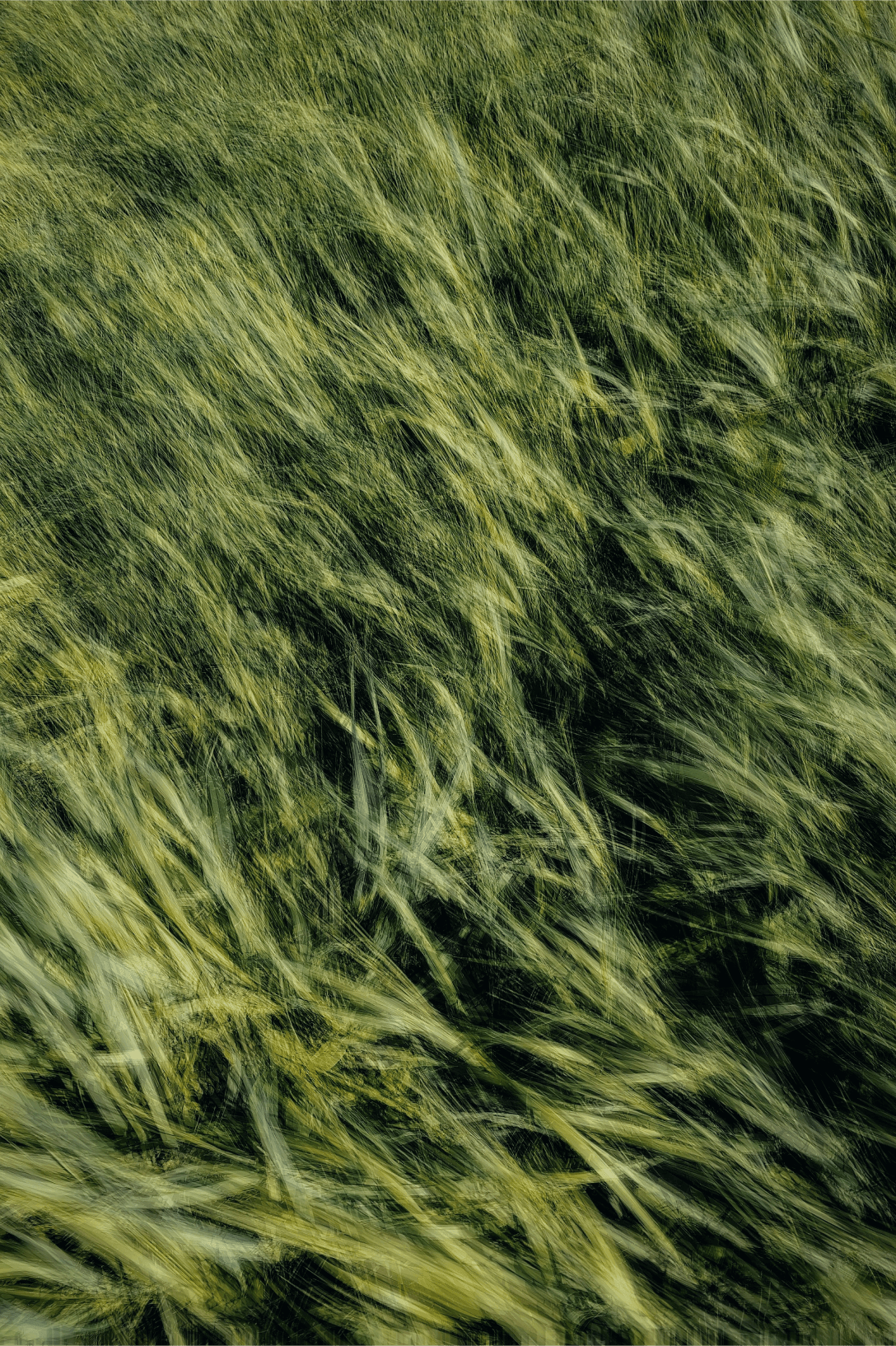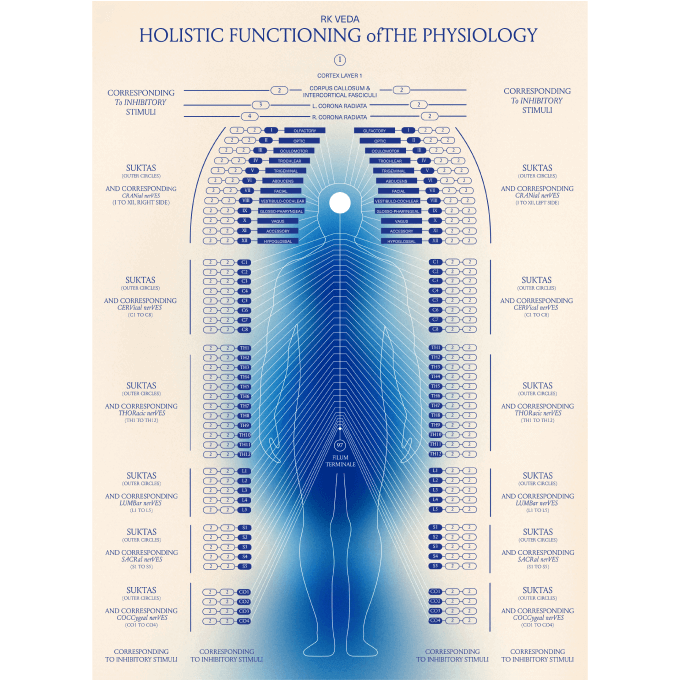Among the neuroscientists who inspired Dr. Nader was the Nobel Laureate, poet, and preeminent investigator of the integrative function of the central nervous system Sir Charles Sherrington. Pupils of Sherrington included the pioneer neurosurgeon Wilder Penfield and four Nobel Prize winners. Dr. Nader was very lucky to have his first apprenticeship in science under a student of Sir John Eccles, himself a Nobel Laureate pupil of Sherrington. While still a medical student, Dr. Nader had thus spent the little spare time he had investigating in the lab the cellular, synaptic, and molecular transmission of sensory information.
It was at MIT that Dr. Nader had his advanced training as a scientist under the supervision of a researcher trained by Julius Axelrod, a Nobel Laureate who had studied the release and reuptake of neurotransmitters by neurons. Dr. Nader’s main research was on how some food elements can influence the release of neurotransmitters and thus the transmission of messages between neurons. He discovered a treatment that can help reduce spasticity in the muscles of people suffering from paralysis.
He further researched dietary strategies to reduce cognitive deficits in old age and the effects of dietary neurotransmitter precursors on aging. He conducted studies to discover how nutrient and calorie intakes differ between elderly and young subjects even when measured under identical conditions.
At MIT Dr. Nader had the opportunity to participate in studies showing how our diet, daily routines, and the amount of light we are exposed to can change the secretion of hormones, influencing our mood and behavior, and how certain chemicals can suppress appetite or relieve depression. He started to see more scientifically the connectedness between the individual, the environment, and nature, and how day and night rhythms and seasonal changes influence us.



